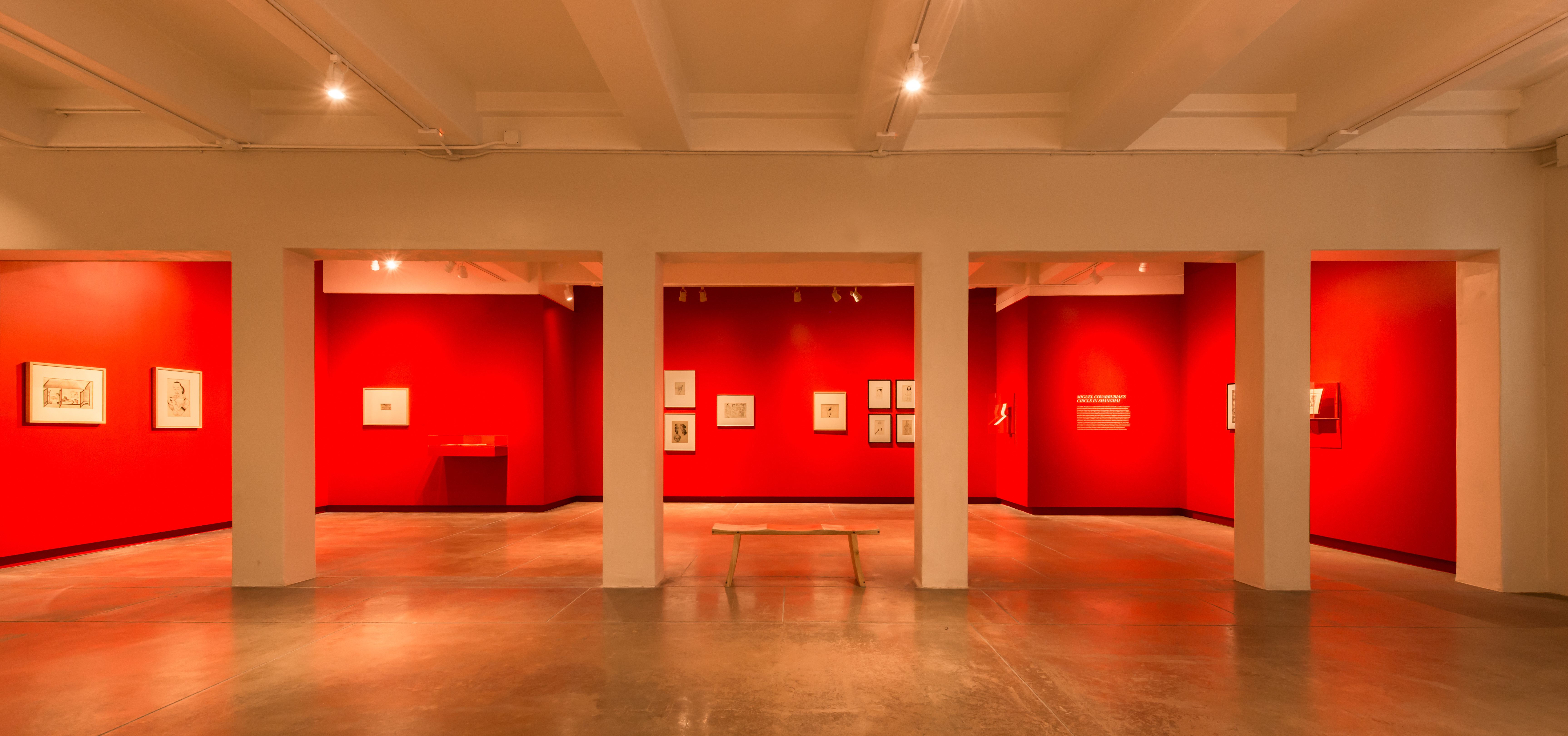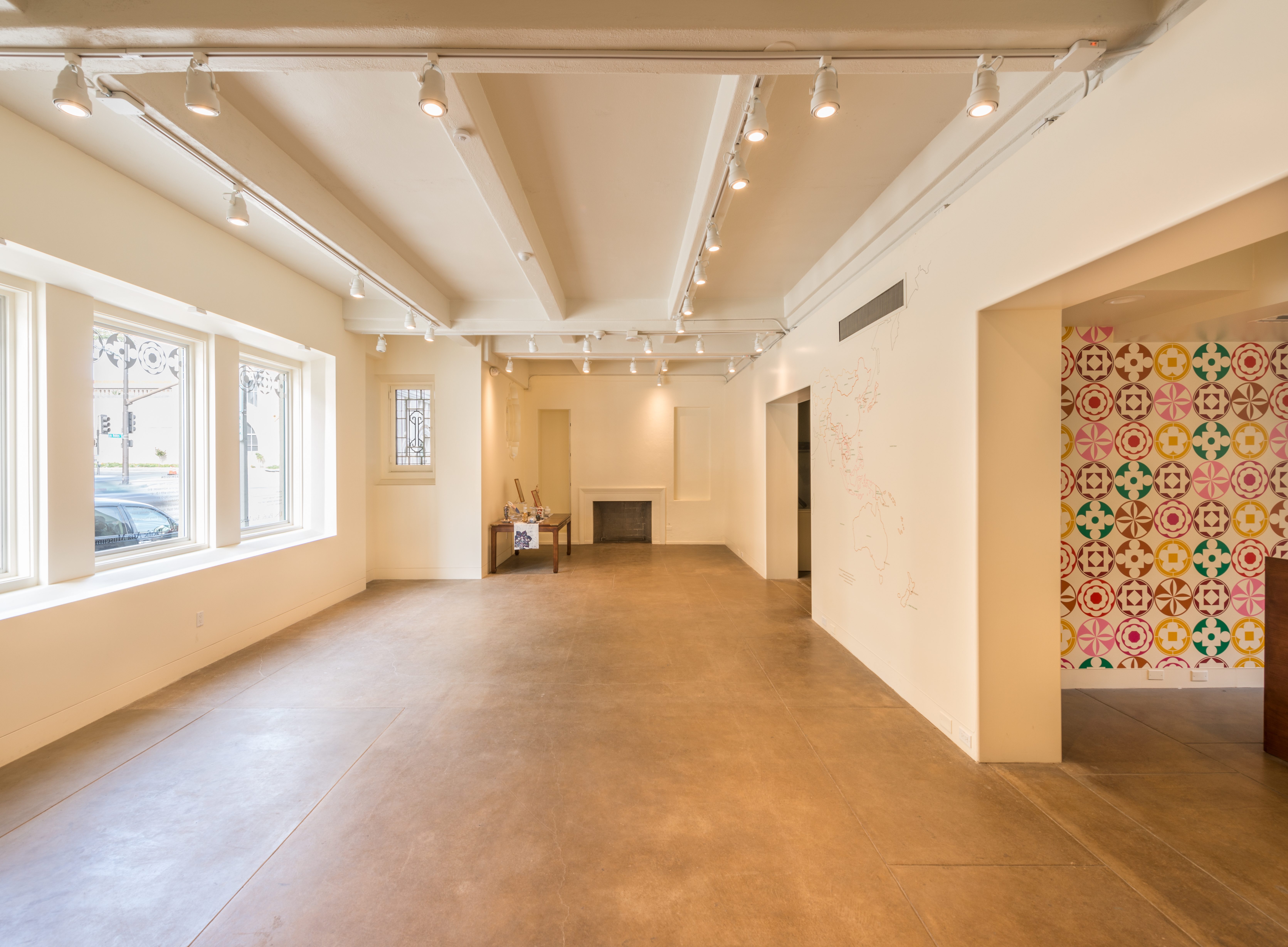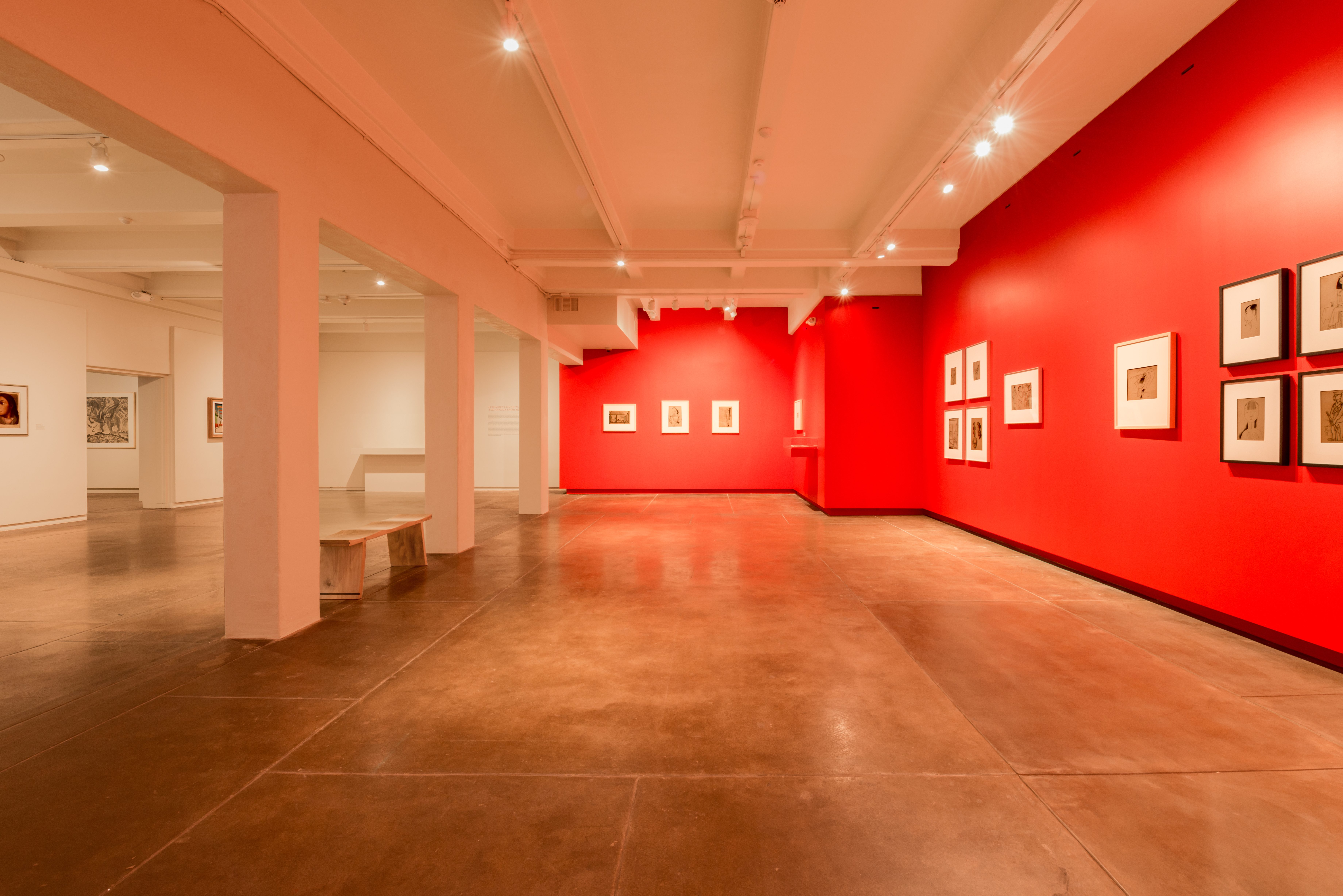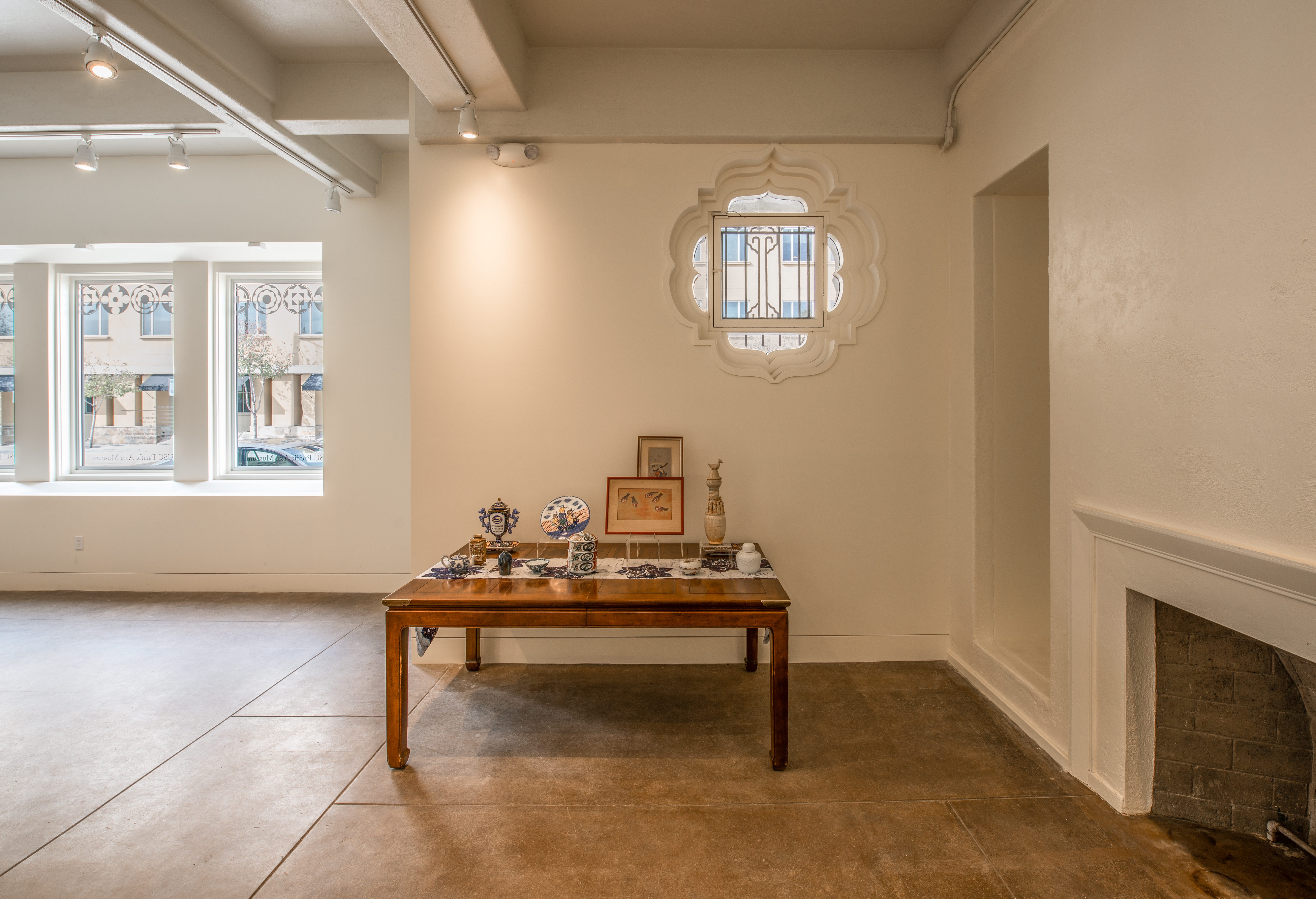Location
Pasadena
Owner
University of Southern California
Architect
Kelly Sutherlin McLeod Architecture, Inc.
Project Size
32,000 SF
For this behind-the-scenes structural renovation project at the USC Pacific Asia Museum, projection of historic material is an important priority. During the upgrade, MATT Construction is carefully preserving finishes, millwork and other key historical elements to ensure this 1924 structure will remain a Pasadena icon for another 90 years.
Phase IA involves a seismic retrofit of the walls and building a new electrical room with new transformer. Lastly the project will complete waterproofing of the basement in preparation for installing new climate-control systems. This supports the museum’s master plan to create a secure art storage space and expand their collection.
The structural modifications for the seismic upgrade include thickening select walls with additional concrete and installing steel collector plates to strengthen some of the beams. Wood sheathing is also being installed throughout the attic for additional stabilization. Once the structural work is completed, mechanical vent covers, baseboard and crown molding will be reinstalled to return the areas to their original look. Even the historic stepped profile of the structural beams will be recreated in plaster.
Less invasive than the structural upgrades, the new transformer enclosure and electrical room addition sit off the northeast side of the building. Once the new work is complete, the old equipment, currently housed in the basement, will be deenergized to make way for more art storage room for the museum.
To help ready the space for art storage, the basement walls have been sandblasted to remove existing lead-based paint. Existing penetrations (from old pipes, ducts, etc.) through the exterior basement walls are being infilled to minimize water intrusion. A few specific areas are scheduled to receive a full coat of epoxy-based waterproofing, but elsewhere epoxy will be injected directly into cracks to seal out moisture. In the next project phase, new HVAC equipment will be installed meet the strict climate control standards required for delicate historical and artistic pieces that the museum may be loaned.
Photo Credit: Nathaniel Riley





